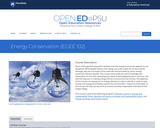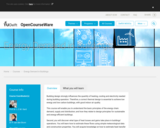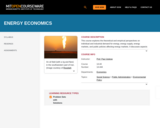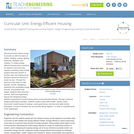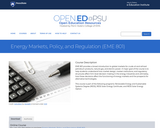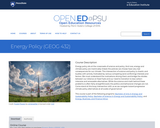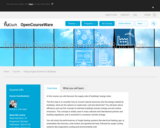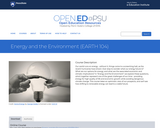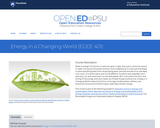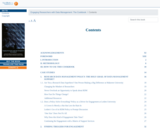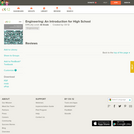
A Teaching Resource
Short Description:
This text provides a variety of teaching resources to address unique student learning styles for post-secondary education. This resource focuses on the identification and development of soft skills that that are essential for independence and success in college and in life. Topics include teaching organizational, resiliency, reflection, and group-work skills. This resource is developed with adaptability in mind; it offers instructors teaching strategies with varying levels of content and assessments to meet each student's unique learning needs.
Long Description:
This text provides a variety of teaching resources to address unique student learning styles for post-secondary education. This resource focuses on the identification and development of soft skills that that are essential for independence and success in college and in life. Topics include teaching organizational, resiliency, reflection, and group-work skills. This resource is developed with adaptability in mind; it offers instructors teaching strategies with varying levels of content and assessments to meet each student’s unique learning needs. Resources include tailored learning outcomes for each unit, applied learning assessments for all levels of student learning, classroom activities for all levels of learners, videos for classroom use, and additional teacher resources.
Word Count: 7787
(Note: This resource's metadata has been created automatically by reformatting and/or combining the information that the author initially provided as part of a bulk import process.)
- Subject:
- Applied Science
- Education
- Health, Medicine and Nursing
- Higher Education
- Special Education
- Material Type:
- Textbook
- Provider:
- Fanshawe College
- Date Added:
- 04/01/2022

